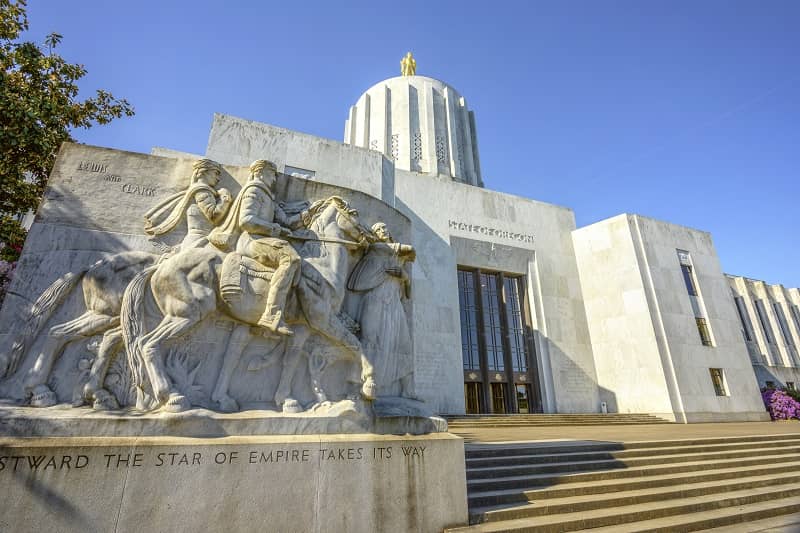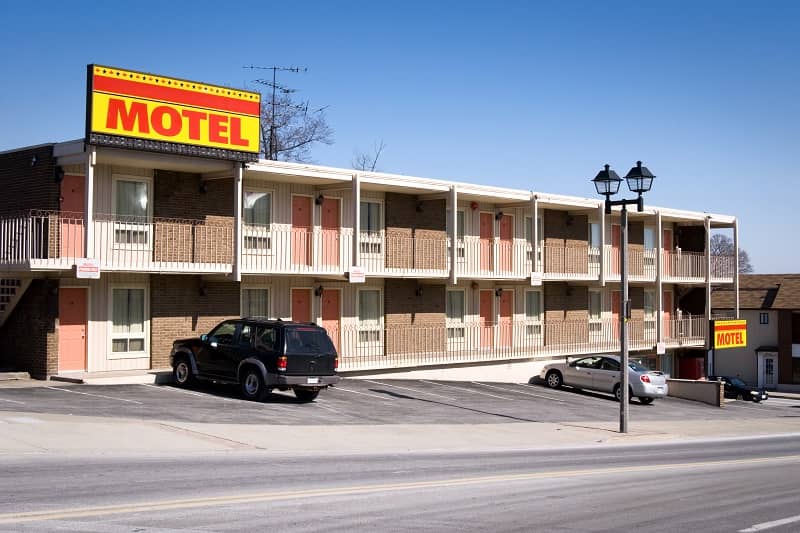By Eric Fruits, Ph.D.
Executive Summary
Three major transportation funding proposals are circulating in the Oregon Legislature: TRIP 2025, the SMART Framework, and HB 2025. While these proposals aim to address legitimate transportation funding challenges, they would impose the largest tax increases in Oregon’s history through twelve new or expanded taxes and fees, as shown in Table 1. Each package would generate approximately $1.5-2 billion in new revenue every two years.
Current Funding Crisis
Oregon faces real transportation funding pressures. Despite state gas tax revenues at an all-time high of $652 million policymakers fear that soon, fewer people will buy less gas due to electric and fuel-efficient vehicles, reducing gas tax revenue. Construction costs have also risen faster than expected.
Other factors have exacerbated the challenges, such as growing spending on ancillary services such as an expensive highway cover on I-5 at the Rose Quarter mandated by then-governor Kate Brown plans to expand light rail to Vancouver as part of the Interstate Bridge Replacement Plan and growing debt service payments on construction bonds.
In addition, the Oregon Department of Transportation (ODOT) has also acknowledged a $1.1 billion federal funding overestimation and has a troubling history of project cost overruns.












